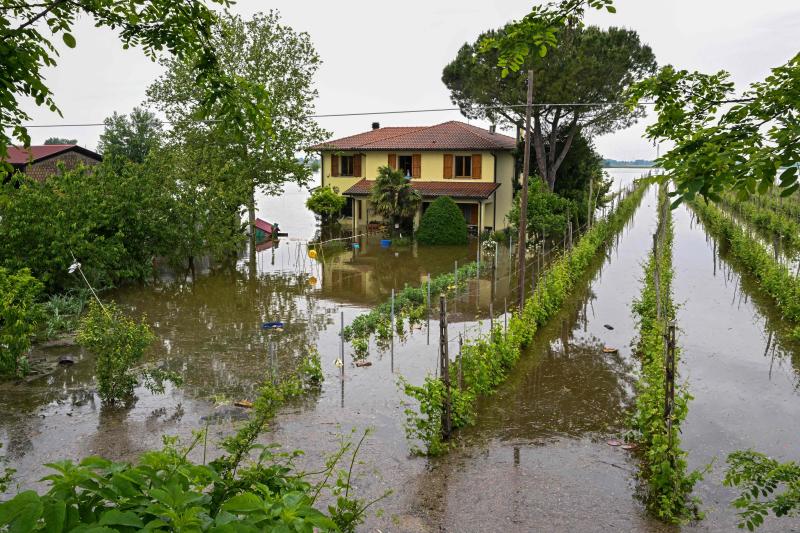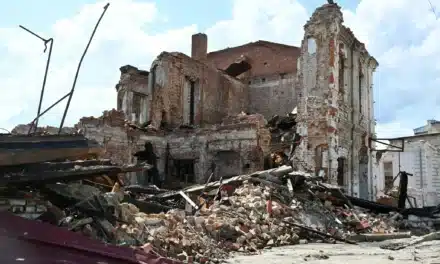Northern Italy is currently grappling with the aftermath of severe flooding caused by days of relentless rainfall. The floods, which have primarily affected the Emilia-Romagna region, have resulted in significant loss of life and property, highlighting the urgent need for effective disaster management strategies.
The floods were triggered by an exceptional amount of rainfall in a region that has been grappling with drought. Rivers swelled beyond their banks, leading to the death of at least eight people and forcing thousands to evacuate their homes. The scale of the disaster has been such that the Prime Minister, Giorgia Meloni, had to cut short her participation in the G7 summit in Japan to oversee the relief efforts.
The floods have had a catastrophic impact on the region, with roads disappearing and over 36,000 people rendered homeless. The situation remains critical, with the region still on red alert. The floods have affected over 100 cities and towns, many of which remain underwater. A helicopter attempting to restore electricity crashed near the severely affected town of Lugo, injuring one of the four people onboard.
The agricultural sector has also been severely hit. According to Coldiretti, Italy’s leading agricultural organization, around 400,000 tons of wheat have been lost due to the floods. The floods have also led to the loss of 10 million fruit trees, which will impact the harvest for the next four years. The organization has also raised concerns about the safety of 250,000 cattle, pigs, and sheep.
In the midst of this disaster, stories of resilience and solidarity have emerged. Communities are coming together to help each other, with neighbors opening their homes to those who have lost theirs. Volunteers are working tirelessly to clean up the mud and debris, and efforts are being made to provide food and other essentials to those affected.
The floods have also brought to light the issue of land use in the region. Questions are being raised about the impact of soil sealing, a process where the ground is covered with impermeable materials, which reduces the soil’s ability to absorb water and increases the risk of flooding.
As Northern Italy begins the long process of recovery, the floods serve as a stark reminder of the need for effective disaster management strategies and sustainable land use practices. The region, and indeed the world, will need to learn from this disaster to better prepare for and mitigate the impacts of such events in the future.
Sources:





